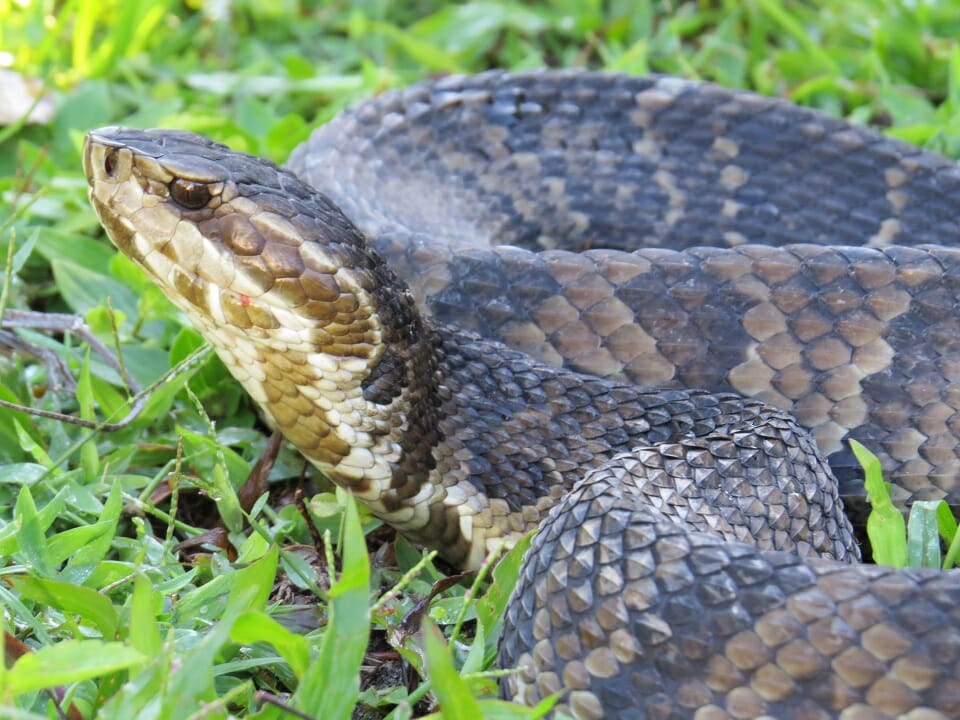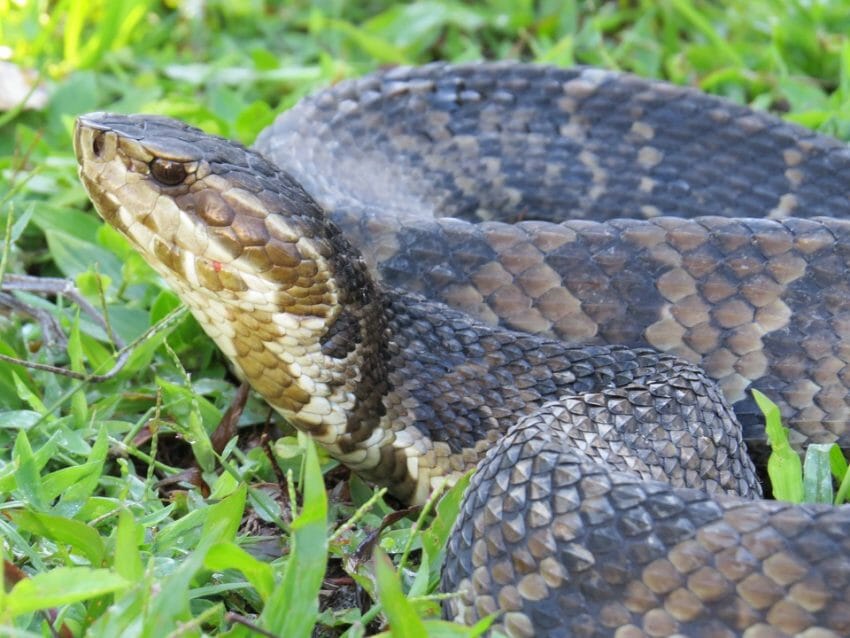

There’s something undeniably terrifying about learning that there is a snake living on your property. Human beings have been scared of snakes for a very long time, and somehow, seeing a snake, for many of us, awakens that primal terror. And for good reason – snakes are highly dangerous creatures, both the venomous, and the non-venomous kind!
And so, you should always tread around them with great care. Metaphorically speaking, of course. In reality, you should try not to tread around them at all.
Can you catch a snake on your own?
The truth is that yes, you can trap a snake on your own, although one thing that you will need to keep in mind is protection. Make sure that, as you go into the whole trapping attempt, you deck yourself out in adequate protection (e.g. rubber boots, gloves, long sleeves, long, thick pants, etc.).
Are snakes dangerous?
Yes. While the level of aggressiveness of the snake will, of course, vary depending on the species, it’s important to remember that all snakes are dangerous. While a venomous snake can actually put you in a life-threatening position, a non-venomous snake’s bite can also be very painful, and expose you to infection with a hoard of diseases.
So how do you trap a snake?
First of all, we recommend reading up on the common snakes in your area. Knowing what snakes you’re likely to come across may help you figure out whether or not the snake you’re dealing with is venomous, and how to identify the snake.
We also recommend doing your best to determine whether you’re dealing with one snake, or several, to avoid any unpleasant surprises later on, in the trapping process. It is always better to hire a professional company such as East Tennessee Wildlife Management, the wildlife control team is ready to answer your questions about snake removal and trapping.
Next, choose the type of trap you want to use. There are a number of traps used to catch snakes, many of them of the lethal kind. However, we don’t recommend opting for lethal methods, but rather employing a safe and humane catch and release method.
- Minnow Trap – A minnow trap is traditionally used to catch small fish, as the name suggests. It can be accessed through a specially designed funnel that will permit the snake entry, without allowing it out again. The minnow trap can then be opened in the wild, when you feel it’s safe to release the snake again.
- Maze Trap – Alternatively, you might use a maze trap, which usually implies a wooden box that rotates to allow the snake deeper access. However, because of the way the maze is constructed, it does not allow (or at least, makes it very hard for) the snake to get out again. Once more, the maze trap can be safely opened when you wish to release the snake.
We recommend doing your research on this topic, as well, and that you visit pestcontrolsnake.com to learn about snake control.
Set up the trap.
It’s a good idea to set the trap along the snake’s natural path. You can determine where this is exactly by paying attention to trails, droppings, shed skin, and other such tell-tale signs. By setting your trap along the snake’s path, you automatically increase your chances of trapping the serpent.
Alternatively, you can set the trap near the snake’s primary hiding space or nest. Often, this will be in a space under the house, or deck, under a log pile, inside a tree trunk, or in other such hollow, darkened spaces.
After you’ve set up the trap as per its instructions, you can set the bait. Many professional snake removal experts use fresh eggs as bait, but you can also use crickets, lizards, mice, and so on, depending on your preference.
Once you’ve set up the trap and bait, the next thing to do is wait.
Make sure you check on your trap regularly, so as not to leave the serpent trapped for hours on end, without food or water, as this can be viewed as cruel. Remember what we said earlier about wearing adequate protection, as you go to check on your trap.
Release the snake.
Once the snake has been safely trapped inside, you can use the specially designed trap to relocate the snake to a safe area, one that is far enough away so that the snake won’t bother you (or your neighbors!) again.
Once you’ve opened the trap, step away gently, and ideally, get into your car for increased protection.
Fix up your house.
Remember that the snake didn’t come to your home because you were a nice person, but because something attracted it. This can be a sign that you have other wildlife (such as mice or rats) on your property, or an open source of water. If the snake was indoors, this means there’s an open entry point (such as a crack in the wall) in your home that you need to fix ASAP!







